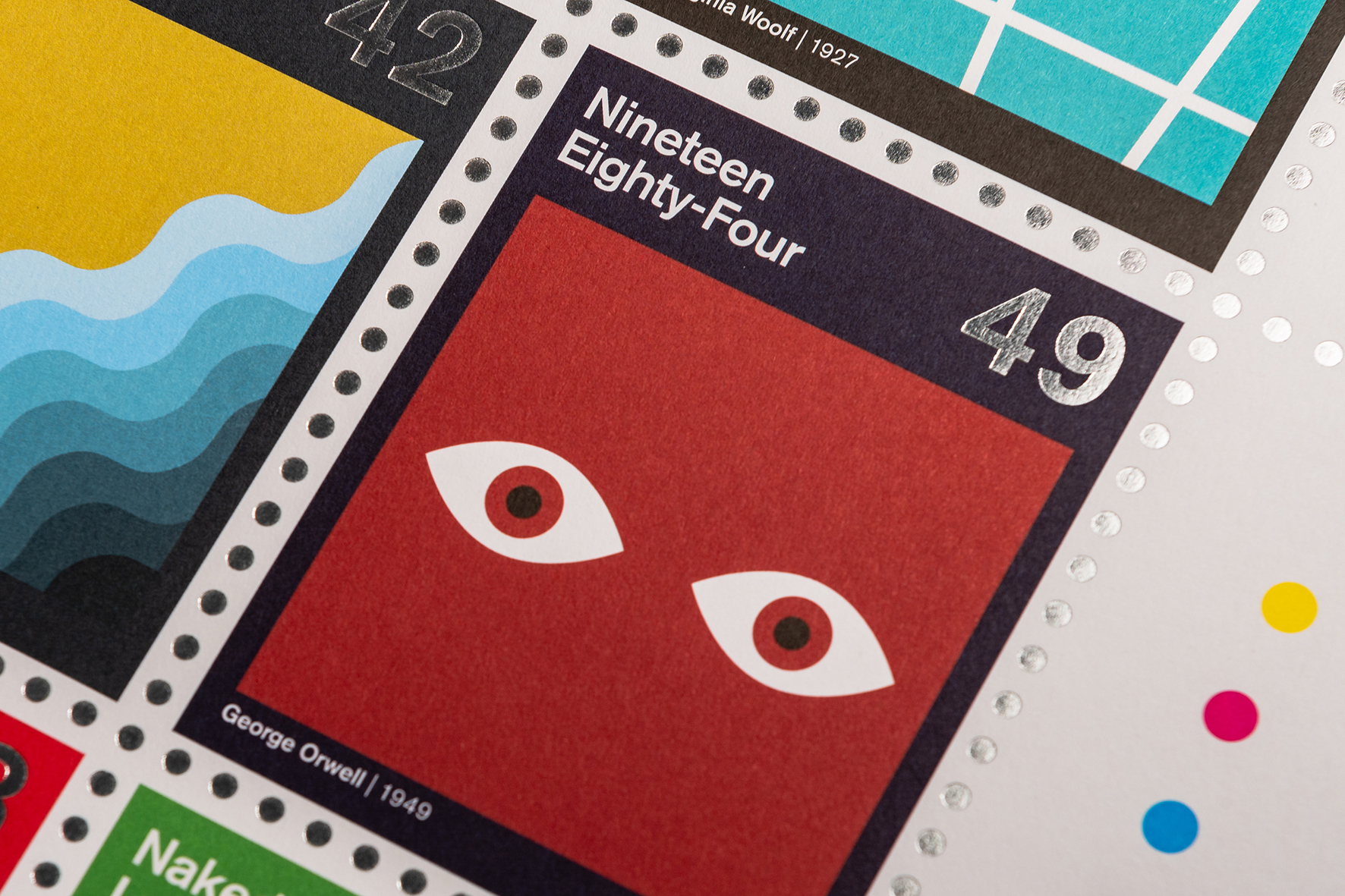The French Dispatch came out nearly two weeks ago, after having been pushed back more than a year by COVID-19. But delaying the release of a Wes Anderson movie surely counts among the least regrettable harms of the pandemic, which has caused millions of deaths worldwide. Among the lives lost was that of Daniel Bevilacqua, known in France as the chanson singer Christophe. Set in that country — and more specifically, the fictional city of Ennui-sur-Blasé — in the 1960s, The French Dispatch features a reinterpretation of Christophe’s 1965 hit “Aline” that now plays as something of a tribute to the late pop-cultural icon. Sung by Pulp frontman Jarvis Cocker, it comes accompanied by the Anderson-directed animated music video above.
Cocker has worked with Anderson before. In the director’s 2009 stop-motion adaptation of Roald Dahl’s The Fantastic Mr. Fox he provided the voice of a singing farmer named Petey; in The French Dispatch he does the same for a pop star called Tip-Top, and has even recorded a full-length album in character.
Released on the very same day as The French Dispatch, Chansons d’Ennui Tip-Top contains a dozen covers of songs originally popularized by the likes of Serge Gainsbourg, Brigitte Bardot, Jacques Dutronc, and Françoise Hardy. (Attentive cinephiles, the core audience for all things Anderson, will also note the presence on the track list of Claude Channes’ “Mao Mao,” first heard in Jean-Luc Godard’s La Chinoise.)
Chansons d’Ennui Tip-Top exudes the retro-minded Cocker’s love of 1960s French pop music, just as The French Dispatch exudes Anderson’s love of… well, everything Anderson loves, much of which appears in the “Aline” music video. Its meticulously hand-drawn look comes from Javi Aznarez, who’d originally been hired to apply his art to the sets of the film itself. Following Tip-Top as he dances through an elaborate two-dimensional rendition of Ennui-sur-Blasé, it introduces not only the setting (in a stark cutaway manner reminiscent of The Life Aquatic) but all the major characters and the actors who play them. Owen Wilson, Anjelica Huston, Edward Norton, Bill Murray: the gang, it seems, is all here — “here” being a certain idea of postwar France best realized, perhaps, by imaginations like Anderson and Cocker’s.
Related Content:
Wes Anderson’s Animated Books
Wes Anderson’s Shorts Films & Commercials: A Playlist of 8 Short Andersonian Works
Based in Seoul, Colin Marshall writes and broadcasts on cities, language, and culture. His projects include the Substack newsletter Books on Cities, the book The Stateless City: a Walk through 21st-Century Los Angeles and the video series The City in Cinema. Follow him on Twitter at @colinmarshall or on Facebook.











